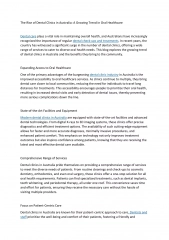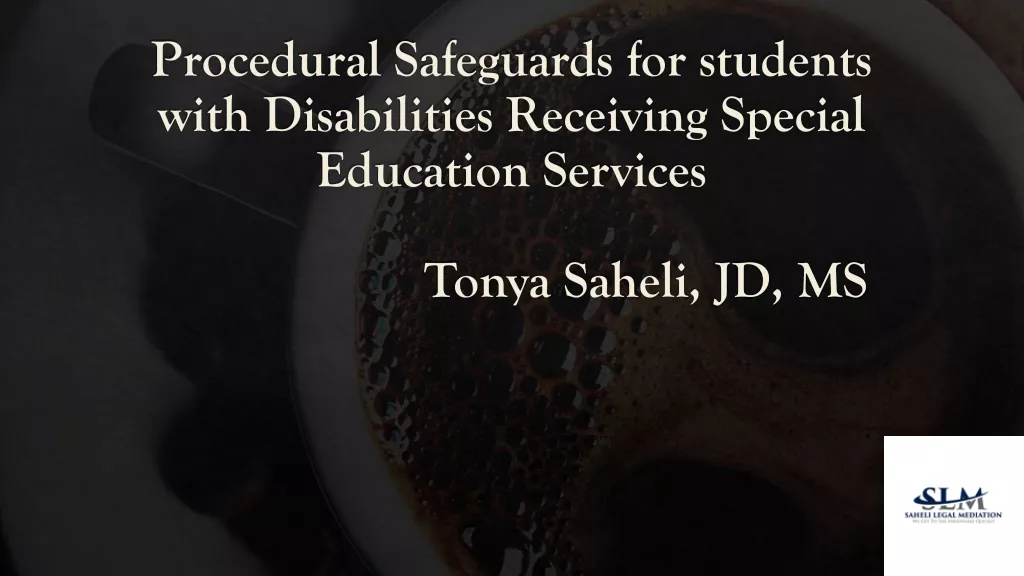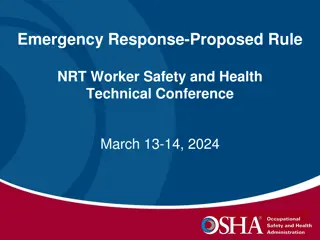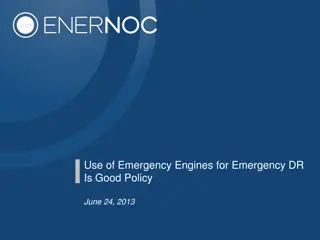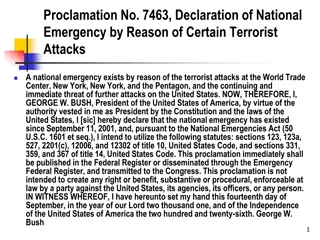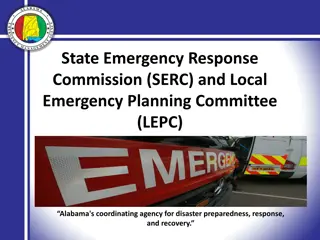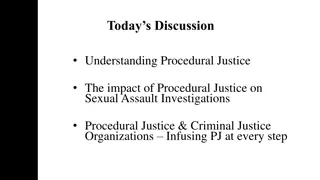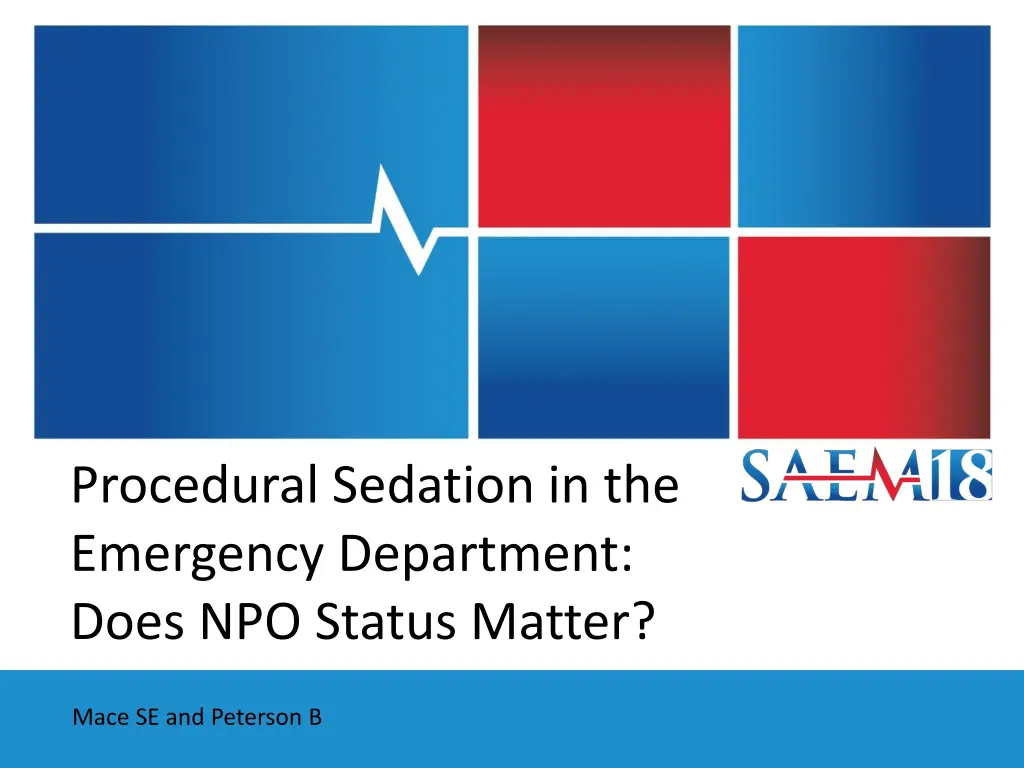
Procedural Sedation in Emergency Department: NPO Status Impact
Examining the impact of NPO status on adverse events in emergency department patients undergoing procedural sedation. Findings suggest that while adverse event rates are higher with NPO >8 hours, NPO status alone may not predict odds accurately, emphasizing the consideration of ASA class.
Download Presentation

Please find below an Image/Link to download the presentation.
The content on the website is provided AS IS for your information and personal use only. It may not be sold, licensed, or shared on other websites without obtaining consent from the author. If you encounter any issues during the download, it is possible that the publisher has removed the file from their server.
You are allowed to download the files provided on this website for personal or commercial use, subject to the condition that they are used lawfully. All files are the property of their respective owners.
The content on the website is provided AS IS for your information and personal use only. It may not be sold, licensed, or shared on other websites without obtaining consent from the author.
E N D
Presentation Transcript
Procedural Sedation in the Emergency Department: Does NPO Status Matter? Mace SE and Peterson B
Background Elective procedural sedation requires fasting (NPO) > 8 hours to limit complications These recommendations are from anesthesiology studies It remains controversial whether this 8-hour rule should be applied to the ED
Study Objectives Analyze the effect of NPO status on adverse events in ED patients undergoing procedural sedation Identify a cutoff time that increases or decreases risk of adverse events based on NPO time alone
Methods Prospective registry of 3,274 sequential hospital- wide sedation forms (2000-2015) retrospectively analyzed Outcomes Descriptive statistics of demographics, ASA class, NPO time, adverse events Chi-squared test for adverse events < 8 hours NPO vs > 8 hours NPO Logistic regression and ROC curve construction for effect of NPO on adverse events
Results 3,274 procedural sedations 2000-2015 exclude 718 procedural sedations without documented NPO 2,556 NPO statues documented for procedural sedation ASA 5 Age Range: 0.15-94 years ASA 4 Median Age: 37 years (IQR 10-62) ASA 3 ASA 2 ASA 1 Female = 44.0% (1,125) Male = 56.0% (1,431) 0.0% 5.0% 10.0% 15.0% 20.0% 25.0% 30.0% 35.0% 40.0%
Results NPO Status Median = 7.8 hours (IQR 5.9 11.3) Range = 0-36 hours Adverse Events Complications Side Effects Overall 18.9% 14.6% 5.2% NPO < 8 hours 16.6% 12.0% 5.7% 2 Test p = 0.0019 NPO > 8 hours 21.4% 17.5% 4.7%
Results NPO Status Median = 7.8 hours (IQR 5.9 11.3) Range = 0-36 hours Adverse Events Complications Side Effects Overall 18.9% 14.6% 5.2% NPO < 8 hours 16.6% 12.0% 5.7% 2 Test p = 0.0019 NPO > 8 hours 21.4% 17.5% 4.7%
Conclusions In ED patients undergoing procedural sedation, the incidence of adverse events its significantly greater for NPO >8 hours However, NPO status alone is not predictive of adverse event odds, and ASA class should be considered

